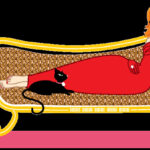Cats boast an impressive variety of appearances, and their coats are a defining feature. “Cat Coats” aren’t just about aesthetics; they play a crucial role in a cat’s health and comfort, and understanding the different types is key to providing the right care. This guide will explore the diverse world of cat coats, from various types to fascinating patterns, and what each means for grooming and maintenance.
Types of Cat Coats: A Furry Spectrum
Cat coats are primarily categorized by hair length and texture, each with unique characteristics and care requirements.
Short-Haired Coats: The Low-Maintenance Marvel
The short-haired coat is arguably the most common and generally considered the easiest to manage. Characterized by fur typically under 4 cm (around 1.5 inches) in length, these coats are relatively low-maintenance, requiring minimal grooming compared to their longer-haired counterparts. Cats with short coats are also less prone to developing hairballs as they ingest less fur during self-grooming.
Popular short-haired breeds include the sleek American Shorthair, the strikingly patterned Bengal, and the elegant Arabian Mau. Their coats are often dense and plush, providing good insulation without demanding extensive daily care.
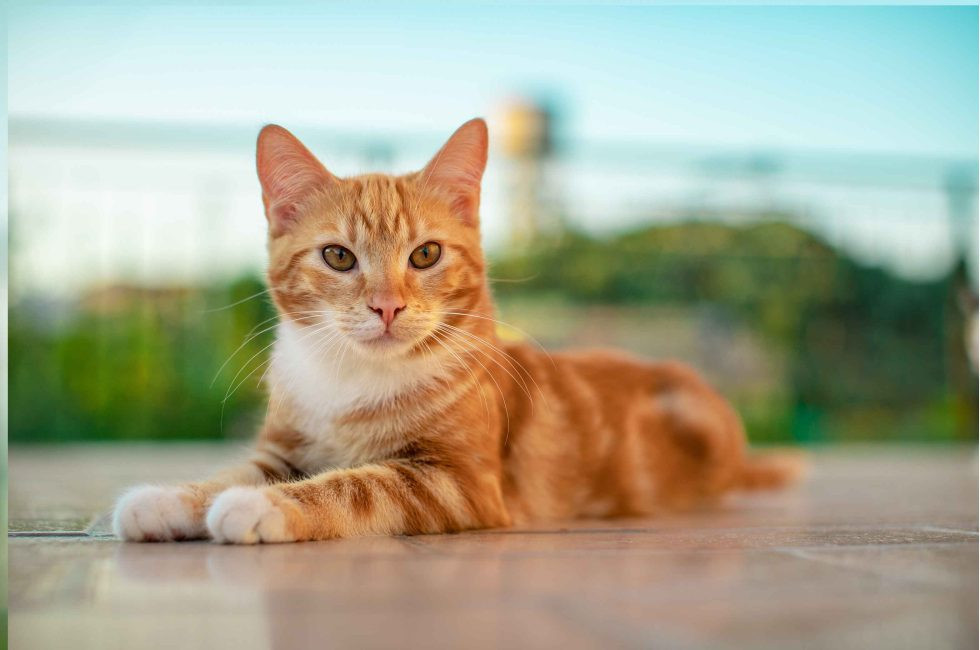 shorthair cat
shorthair cat
Long-Haired Coats: Luxurious and Demanding
Long-haired cat coats are undeniably beautiful, offering a luxurious and flowing appearance. However, this beauty comes with a commitment to daily grooming. These coats are high-maintenance and require regular attention from owners to prevent tangles and matting. Without consistent care, long fur can quickly become knotted and uncomfortable for the cat. Long-haired cats are also more susceptible to hairballs due to the greater volume of fur they can ingest.
Breeds known for their magnificent long coats include the regal Persian, the large and fluffy Maine Coon, and the gentle Ragdoll. While shaving might seem like a solution for managing long fur, it’s generally not recommended unless medically necessary. A cat’s coat provides crucial insulation against both heat and cold, and shaving can make them vulnerable to temperature extremes and sunburn. Shaving should only be considered as a last resort in cases of severe matting that cannot be resolved through brushing and detangling.
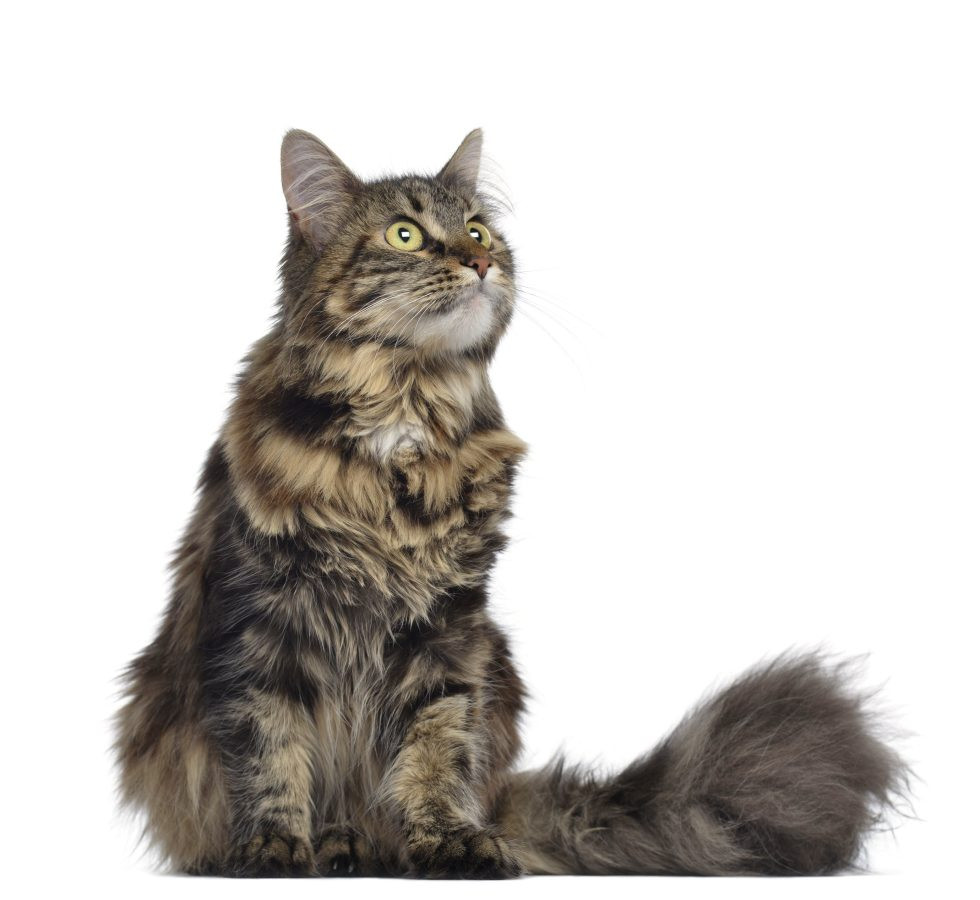 long hair cat
long hair cat
Curly-Haired Coats: The Unique Rex Appeal
Curly-haired cats, often referred to as rexed coats, are a less common but fascinating type of cat coat resulting from genetic variations. Breeds like the Devon Rex and Cornish Rex are famous for their distinctive wavy or rippled fur. These coats are considered high-maintenance and, similar to long-haired cats, benefit from regular grooming to maintain their unique texture and prevent matting in some cases. Depending on the specific breed and the density of their curl, some curly-haired cats may have thinner fur, making them potentially more sensitive to sunburn.
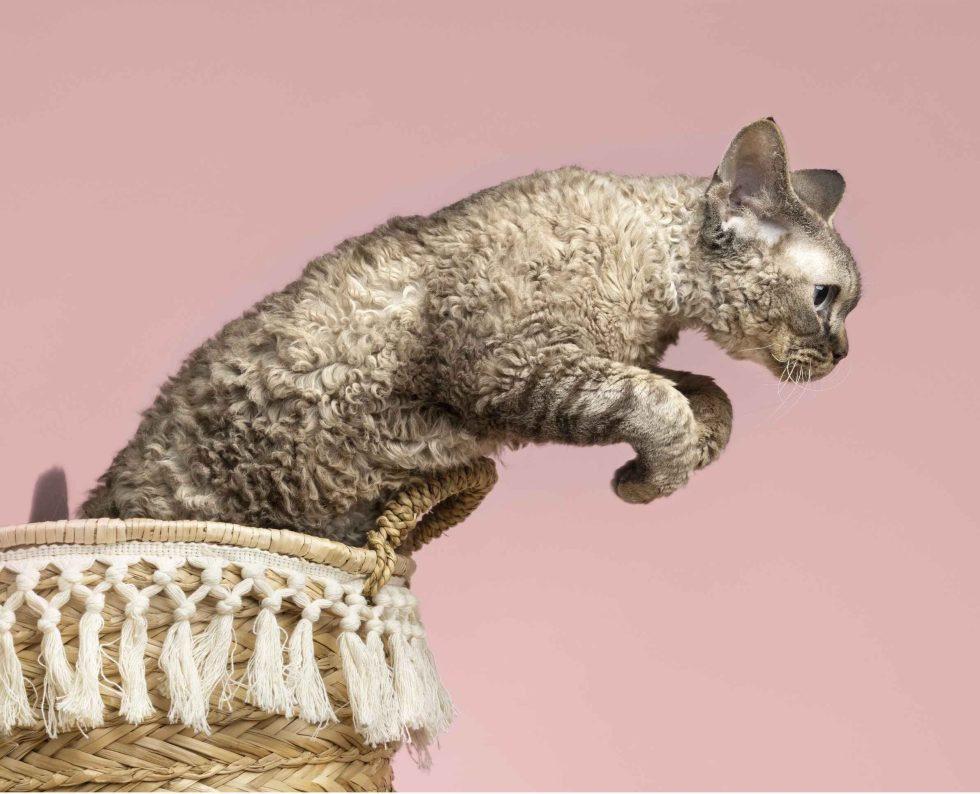 curly hair cat
curly hair cat
Hairless Coats: Beyond Fur – The Sphynx and More
Hairless cats, like the Sphynx and Donskoy, might seem like the epitome of low-maintenance due to their lack of fur. However, this is a misconception. Hairless cats are actually quite demanding in terms of grooming. Without fur to absorb them, body oils accumulate on their skin, necessitating regular bathing to prevent greasiness and skin issues. Their ears also tend to produce more earwax than furred cats, requiring frequent cleaning to avoid buildup and potential infections. Additionally, dirt and oil can collect under their nails, demanding extra attention to hygiene.
Hairless breeds are also particularly vulnerable to environmental factors. They lack the natural protection of fur, making them susceptible to sunburn in sunny conditions and sensitive to both heat and cold. Appropriate protection, such as sunscreen and warm clothing in colder climates, is essential.
Despite the “hairless” label, most of these breeds aren’t completely devoid of hair. They often possess a very fine, downy fuzz. It’s also a common myth that hairless cats are hypoallergenic. Cat allergies are primarily triggered by a protein found in cat saliva and sebaceous glands, not cat fur itself. While some individuals with allergies might experience fewer reactions to hairless breeds, they are not truly hypoallergenic.
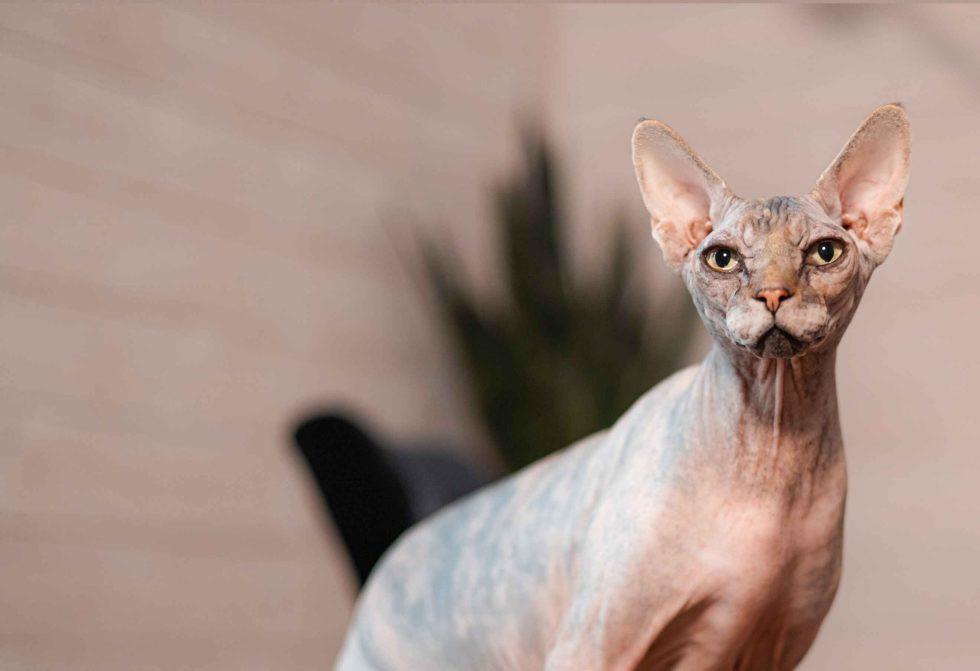 hairless cat
hairless cat
Decoding Cat Coat Patterns: A Colorful Canvas
Beyond coat type, cat coats are celebrated for their diverse patterns, each determined by genetics and adding to the unique charm of our feline companions.
Solid Coats: The Elegance of Simplicity
A solid coat, as the name suggests, is characterized by a single, uniform color across the entire body. These coats are often admired for their sleek and elegant appearance, showcasing the pure beauty of a single hue.
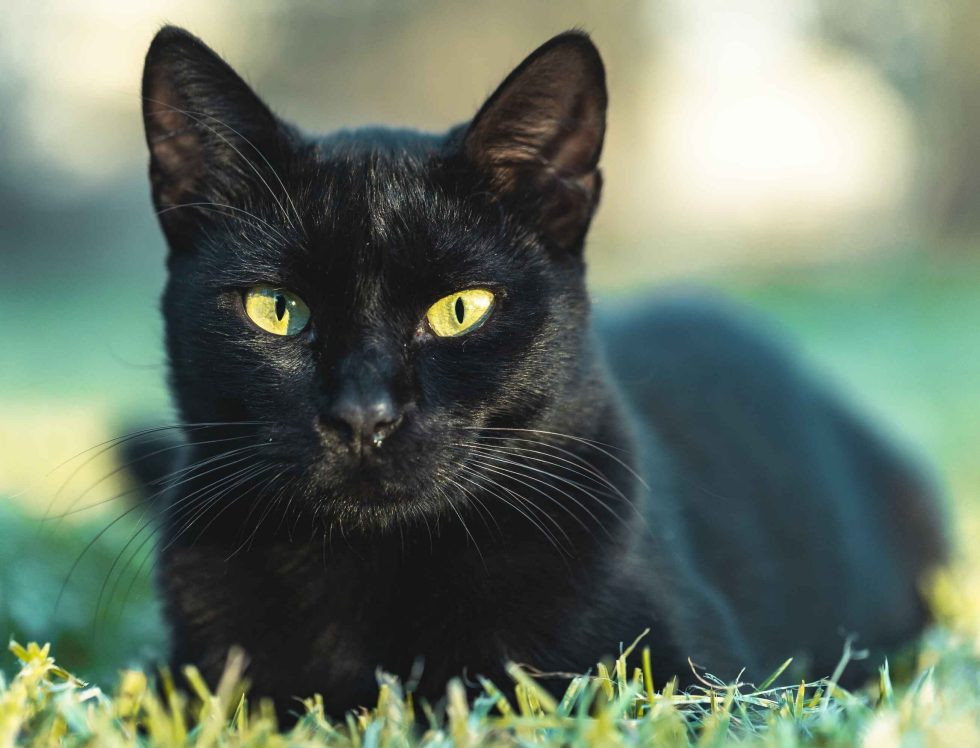 solid colour cat
solid colour cat
Bicolor Coats: A Play of Two Tones
Bicolor coats feature two distinct colors in the fur. The most common bicolor pattern is black and white, but combinations can include white with red, cream, or other colors. The distribution of colors can vary greatly, from van patterns (mostly white with color on the head and tail) to harlequin patterns (patches of color and white).
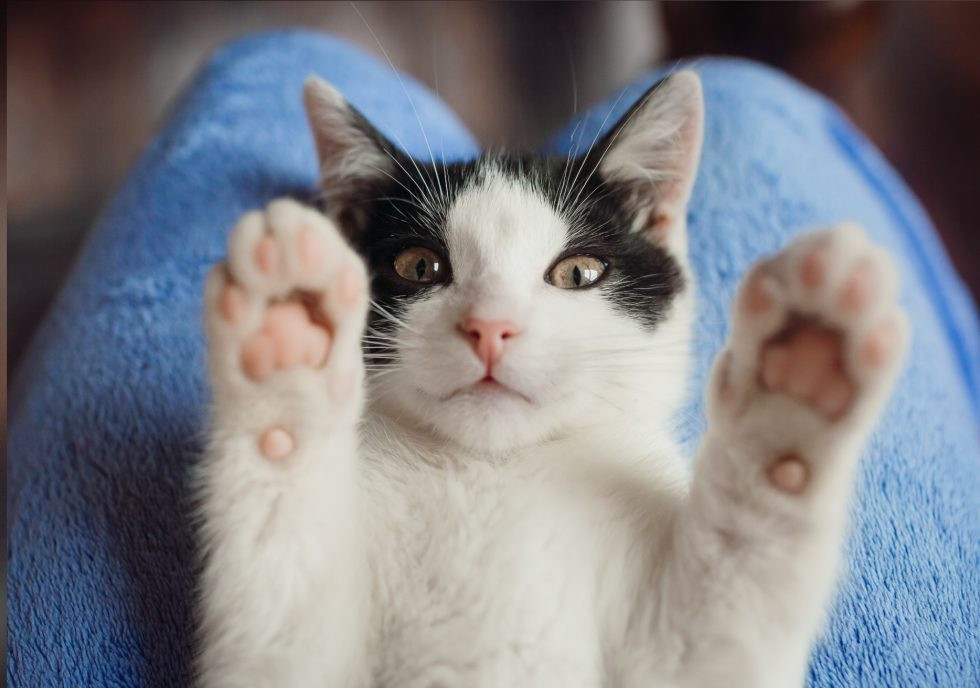 bicolour cat
bicolour cat
Tricolor Coats (Calico): A Trio of Hues
Tricolor coats, also known as calico, present a striking combination of three colors: black, red (orange), and white. These colors appear in distinct patches across the coat. Dilute versions of tricolor include cream, grey, and white patches. Intriguingly, due to the genetics of color determination in cats, almost all tricolor cats are female.
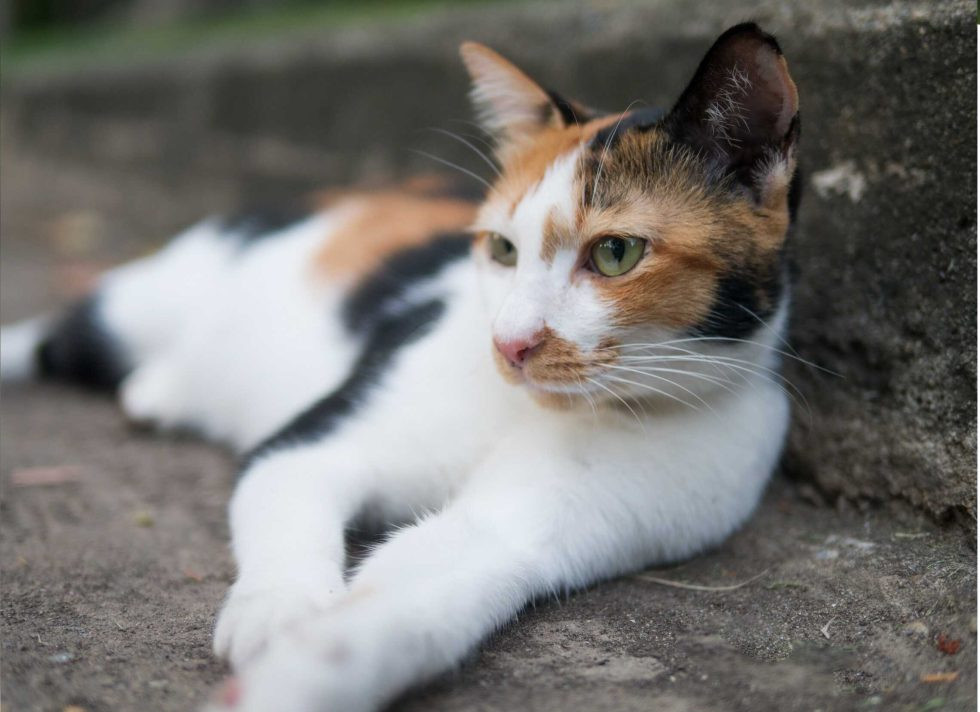 tricolour cat
tricolour cat
Tortoiseshell Coats: Mottled and Mysterious
Tortoiseshell coats are often confused with tricolor, but they are distinct. Tortoiseshell patterns are a mix of black and red/orange hues, creating a mottled or brindled effect rather than distinct patches. Tortoiseshell cats typically have a black undercoat and minimal to no white markings. Similar to calico cats, the genetics of tortoiseshell coloration result in the vast majority being female.
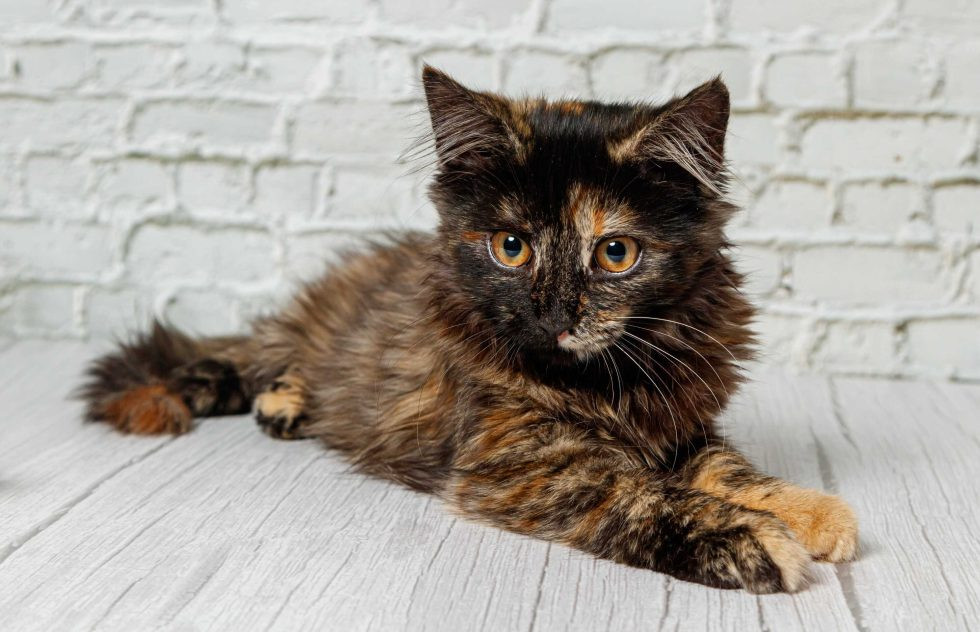 tortoiseshell cat
tortoiseshell cat
Colorpoint Coats: Darker Points, Lighter Body
Colorpoint coats are characterized by darker coloration on the “points” of the cat’s body: the face, paws, tail, and ears, while the rest of the body remains a lighter color. The Siamese breed is a classic example of the colorpoint pattern.
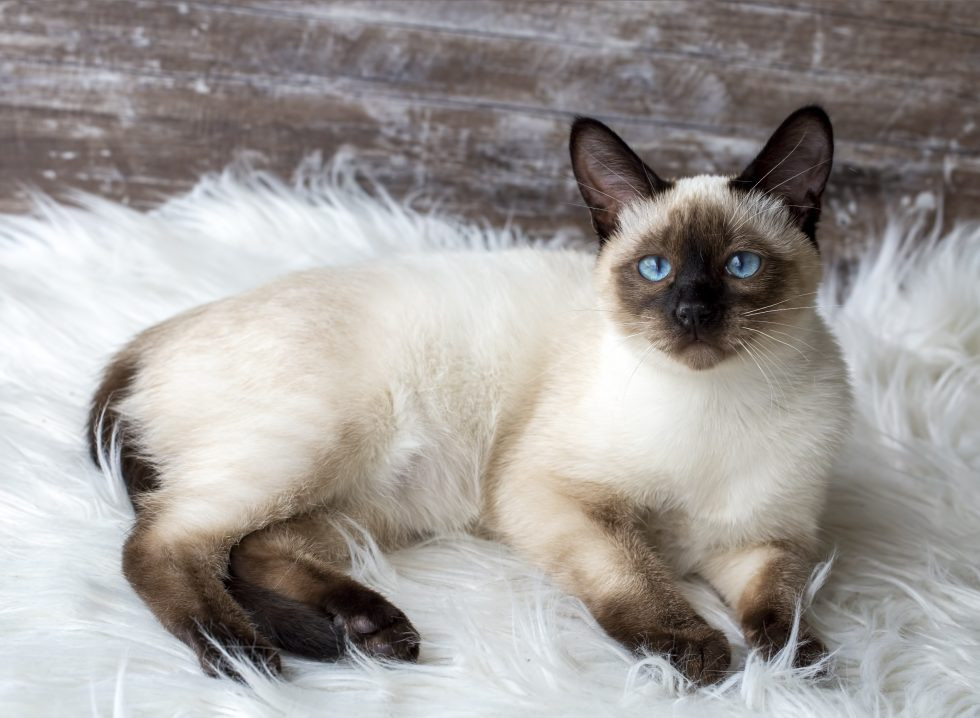 colourpoint cat
colourpoint cat
Tabby Coats: Patterns Within Patterns
The tabby pattern isn’t a color itself, but rather a pattern overlaid on a base coat color. Tabby cats are identified by distinctive markings, including an “M” shape on their forehead. There are four main tabby patterns:
Classic Tabby: Swirls and Bold Stripes
The classic tabby pattern, also known as marbled or blotched tabby, features bold, swirling stripes along the cat’s sides, creating a marbled appearance.
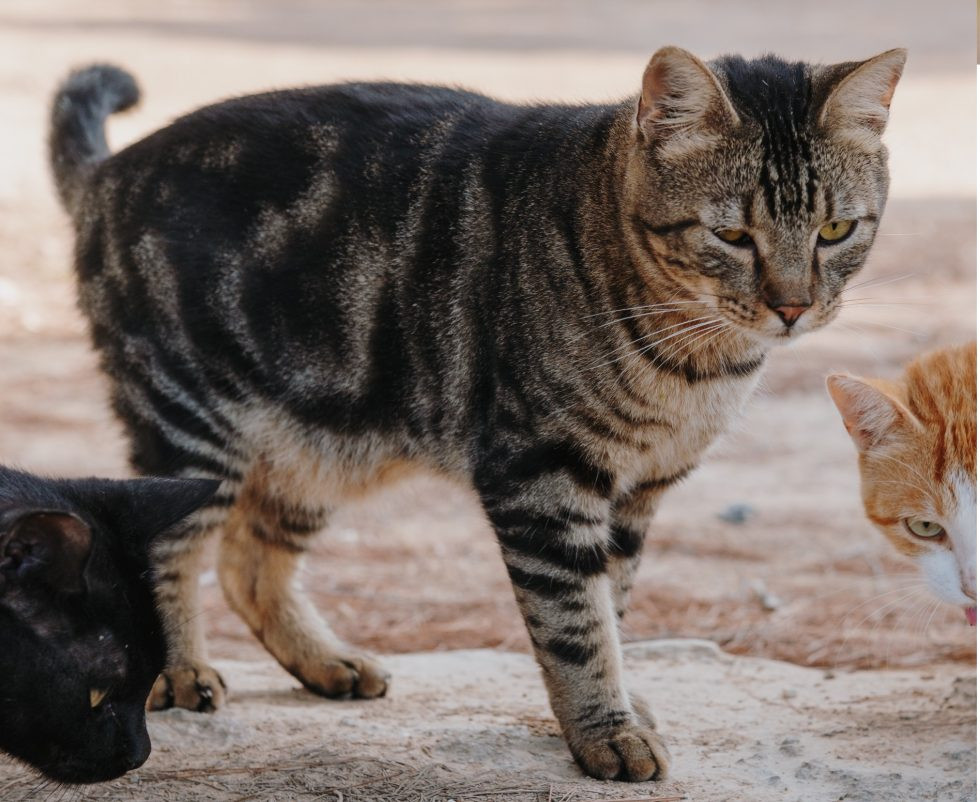 classic tabby cat
classic tabby cat
Mackerel Tabby: Tiger Stripes
The mackerel tabby pattern, sometimes called a “fishbone” pattern, presents thin, parallel stripes running down the cat’s sides, resembling tiger stripes.
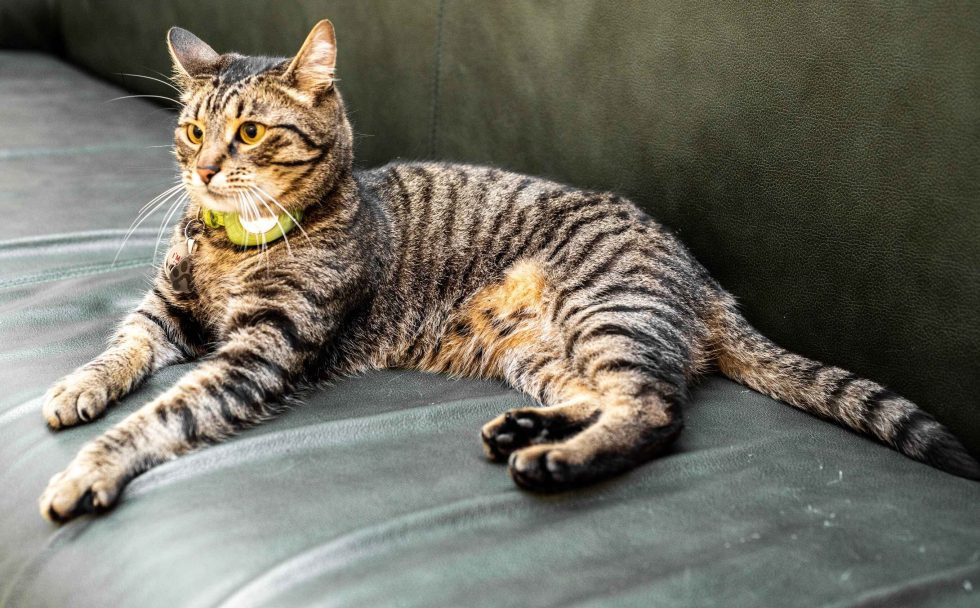 mackerel tabby cat
mackerel tabby cat
Spotted Tabby: Spots of All Sizes
Spotted tabby cats display spots of varying sizes and shapes against their base coat color. These spots can range from small and numerous to large and scattered.
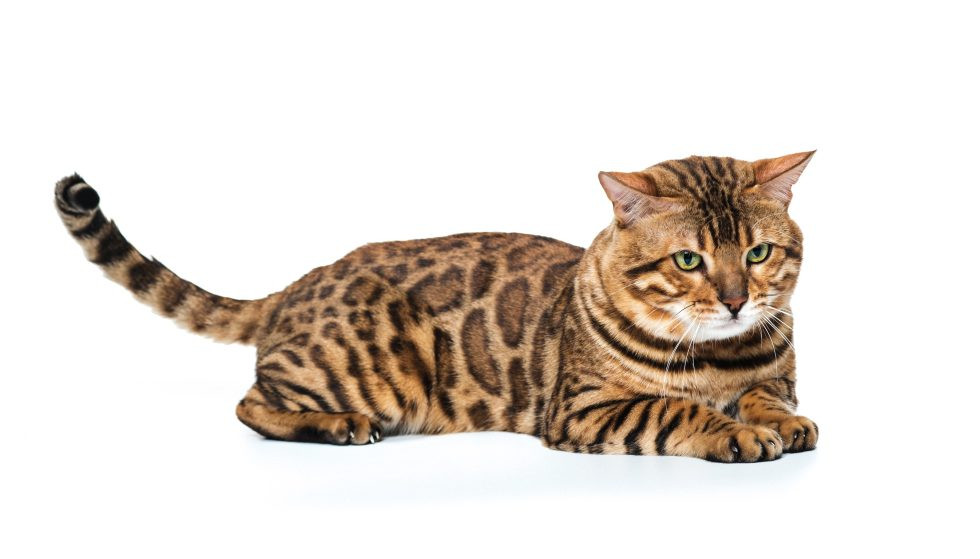 spotted tabby cat
spotted tabby cat
Ticked Tabby: Agouti Hairs
The ticked tabby pattern, also known as agouti tabby, is unique because it lacks the typical stripes or spots. Instead, each individual hair strand is banded with alternating light and dark colors, creating a salt-and-pepper or sand-like appearance.
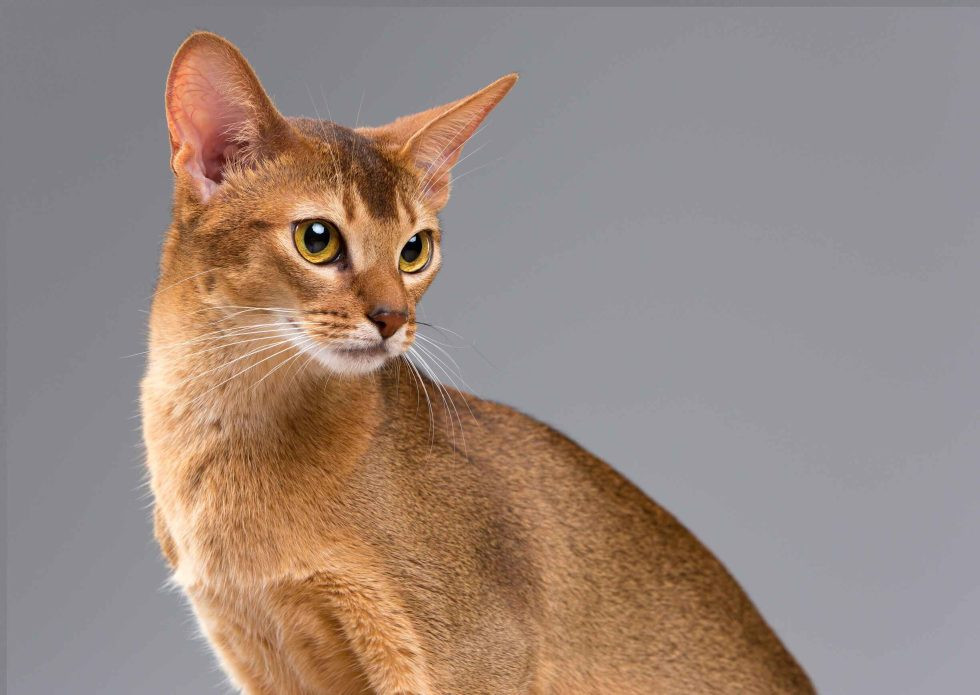 ticked tabby cat
ticked tabby cat
Essential Tools for Cat Coat Care
Maintaining a healthy and beautiful cat coat involves utilizing the right grooming tools. The market offers a wide array of options, including metal combs, various types of brushes (slicker brushes, bristle brushes), detangling tools, and grooming gloves. For hairless cats, specialized products are available to cater to their unique skincare needs. Selecting the appropriate tools depends on the cat’s coat type, the desired grooming outcome (daily brushing, dematting, etc.), and the cat’s individual sensitivity.
Choosing the Right Cat Coat for Your Lifestyle
Understanding the different types and patterns of cat coats is essential for prospective and current cat owners. “Cat coats” are more than just a visual feature; they dictate grooming needs, potential health considerations, and even shedding levels. By being informed about cat coat characteristics, you can better prepare to provide the proper care and enjoy a harmonious relationship with your feline companion. For further information on cat care services such as cat sitting and relocation, please feel free to contact our team at solcat.net – we are always happy to assist you in providing the best for your beloved cats.

